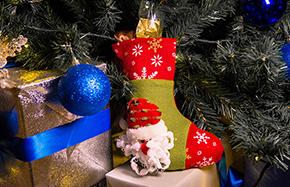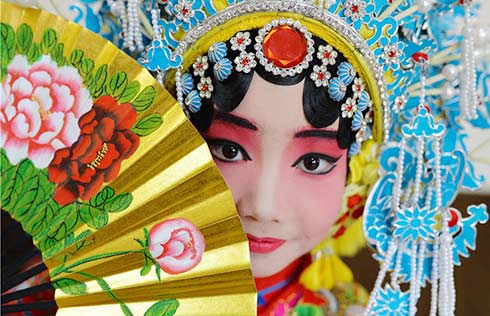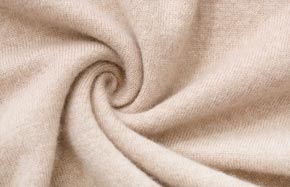Learning bo po mo of hanyu in a Washington class
By Tamara Treichel ( China Daily ) Updated: 2008-10-23 09:24:11
It was my first day of class, and I was gung-ho for my Chinese Mandarin beginner's course. I took the elevator up to the fourth floor of my Washington, D.C. language institute to pick up my textbooks, then one floor back down to the classroom when I noticed that I had been handed Integrated Korean by mistake.
Somewhat flustered, I traveled one floor back up where I was given my four Chinese Primers in wild colors. As I was clutching my textbooks and storming to class, a woman cast me a compassionate glance. My task was not going to be easy.
Our teacher was already there: Fiona was a charismatic woman who had come to the United States from Taiwan 18 years ago. She had started working at McDonald's but was now our venerable laoshi (teacher).
Fiona was a woman with a mission: Fine-tuning our ears to the phonetic pitfalls of hanyu (Chinese). A tuning fork, she sharpened our ears to the four tones by singing in a sonorous soprano. We started with the initials, finals and tones which make up Chinese words and were asked to repeat syllables and sing along.
At one point Fiona asked us to play jian dao, shi tou, bu (scissors, rock, paper). It was quite a spectacle: Eight urban professionals playing children's games and singing. I felt as if I were one of the Von Trapp Family Singers in the Broadway hit The Sound of Music. Instead of do re mi it was bo po mo fo de te ne le.
Then Fiona commanded each of us to chant wo ai ni men (I love you) to the group, while the others had to respond wo men ye ai ni (we love you too). We must have sounded like members of a support group.
My favorite activity was crooning The Chinese Phonetic Alphabet Song. The sheet music to the song had a cartoon of a little horse clutching a microphone and singing karaoke.
This was followed by a vigorous Q & A session. Fiona asked each of us whether we were Chinese, and if there was a confused silence, she persisted by asking dong bu dong (understand)?
Afterwards, each of us had to read aloud vowels and diphthongs Fiona had written on flash cards and stashed in Ziploc bags. We were then asked to swap the bags to practice different vowels. The sound proved especially difficult for us Americans.
To the delight of her female students, Fiona gave us hand mirrors ("Made in China") to monitor our mouth muscles and teeth when pronouncing Chinese. For those who had handed in homework the week before, Fiona only circled the beautiful characters in red ink to give face and boost our confidence.
Additionally, she handed us cards with our names written in Chinese characters. I glanced at my card: Ta-ma-la. I recognized the middle character, ma (horse), and was uncannily reminded of my assignment to practice The Chinese Phonetic Alphabet Song in perpetuity.
Finally, Fiona's explanation of some Chinese characters was fascinating. For example, jia (home) was a pictograph of a pig nestling under a roof, whereas peng (friend) was composed of two moons side by side.
But now the moon was rising - it was 8:45 pm and time to go home. Zai jian, laoshi (good-bye, teacher)!
(China Daily 10/23/2008 page20)
|
|
|
|
|
|
|
|


























 Raymond Zhou:
Raymond Zhou: Pauline D Loh:
Pauline D Loh: Hot Pot
Hot Pot Eco China
Eco China China Dream
China Dream China Face
China Face






